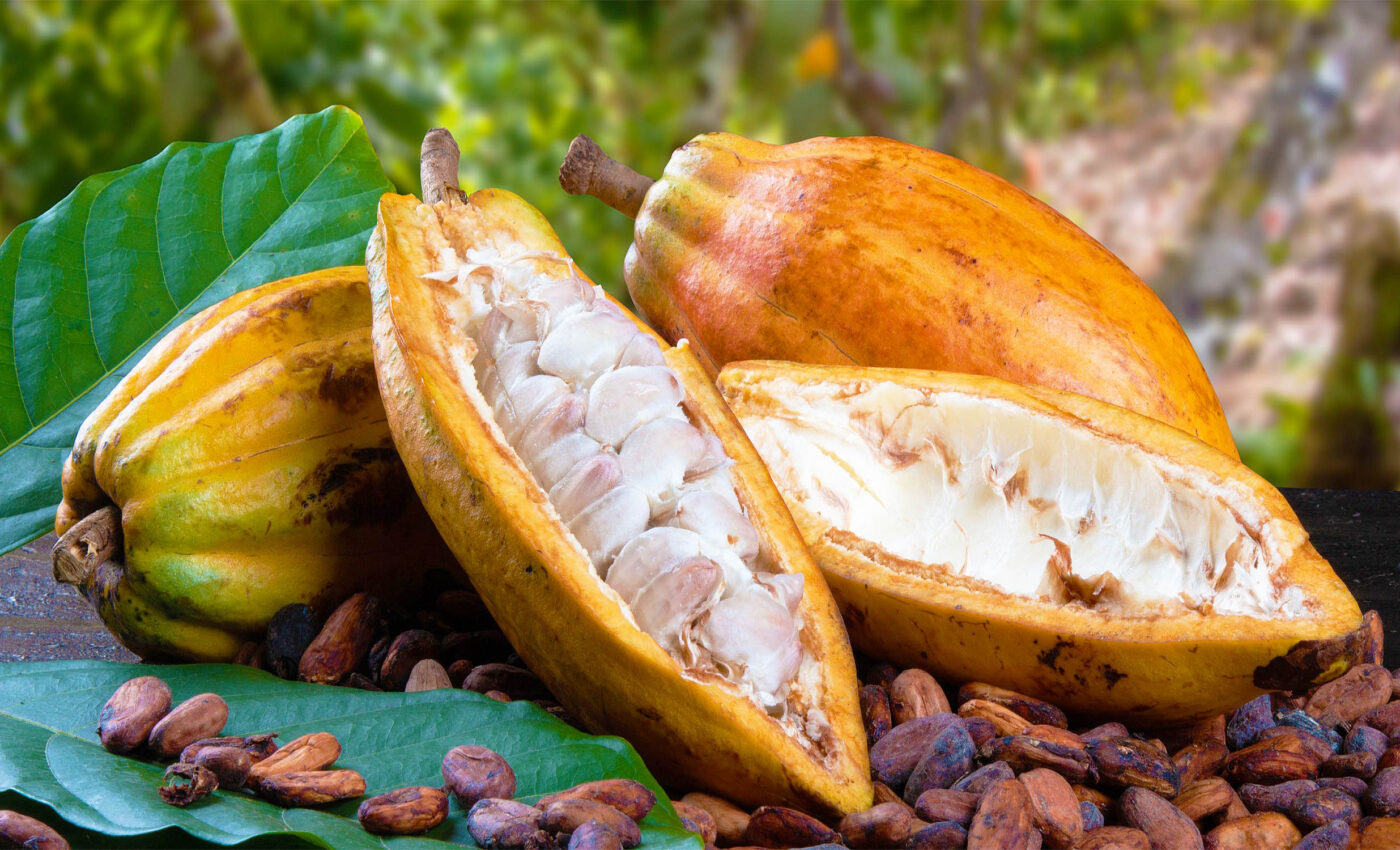
Healthier chocolate created by using the entire cocoa fruit
For many, chocolate is a beloved treat made from cocoa mass and cocoa butter extracted from the cocoa fruit. However, the fruit contains other valuable ingredients that have been underutilized until now.
Researchers and the chocolate industry are collaborating to maximize the use of the entire cocoa fruit. This effort aims to boost the profitability of cocoa cultivation while making chocolate a healthier treat.
Maximizing the potential of cocoa fruit
Researchers at ETH Zurich, in collaboration with start-up Koa and Swiss chocolate manufacturer Felchlin, have developed a recipe for cocoa-fruit chocolate.
This project, part of an Innosuisse initiative, was led by emeritus ETH professor Erich Windhab. The team focused on harnessing the full potential of the cocoa fruit, including the flesh and parts of the fruit shell, known as the endocarp.
Kim Mishra, the main author of the study published in the journal Nature Food, explains that the cocoa fruit is similar to the honeydew melon.
“These fruits have similar structures. Both have a hard outer shell that reveals the flesh of the fruit when cut open, as well as the cocoa beans or melon seeds and pulp in the interior,” notes Mishra.
Traditional chocolate uses only the beans, but the researchers utilized the entire fruit to create a cocoa gel. This gel is extremely sweet and can replace the added powdered sugar typically used in chocolate.
From tree to chocolate: Journey of cocoa fruit
The cocoa fruit, also known as the cacao pod, grows on the trunk and branches of the Theobroma cacao tree. The pod typically measures between 6 to 12 inches long and has an oval or oblong shape. The pod’s thick, leathery skin ranges in color from yellow to orange when ripe, depending on the variety.
Inside the pod, a sweet, white pulp encases 20 to 60 cocoa beans, which are arranged in rows. The pulp, also called the mucilage, has a soft, slippery texture and a tart, citrusy flavor. The beans themselves are covered by a thin, pale membrane and have a bitter taste.
When the pod ripens, harvesters carefully cut it from the tree using a machete or a sharp knife, ensuring not to damage the delicate stem that will produce future flowers and fruits.
They then crack open the pod and scoop out the pulp-covered beans, which undergo fermentation, drying, and roasting to develop the rich, chocolate flavor we associate with cocoa.
Perfecting the recipe
Finding the perfect recipe for cocoa-fruit chocolate was a challenge. The researchers systematically tested various compositions in the lab.
Too much fruit juice from the pulp made the chocolate clumpy, while too little resulted in insufficient sweetness. The goal was to achieve the right balance between sweetness and texture.
The experiments showed that chocolate could contain up to 20% of the cocoa gel, providing sweetness equivalent to chocolate with 5-10% powdered sugar. In contrast, conventional dark chocolate can contain 30-40% powdered sugar.
To test the sensory experience, trained panelists from the Bern University of Applied Sciences taste-tested 5-gram pieces of chocolate, some with powdered sugar and others sweetened with cocoa gel.
“This allowed us to empirically determine the sweetness of our recipe as expressed in the equivalent amount of powdered sugar,” says Mishra.
Healthier, sustainable option
Using cocoa gel as a sweetener results in cocoa-fruit chocolate with a higher fiber content (15 grams versus 12 grams per 100 grams) and lower saturated fat content (23 grams versus 33 grams) compared to typical European dark chocolate.
“Fibre is valuable from a physiological perspective because it naturally regulates intestinal activity and prevents blood sugar levels from rising too rapidly when consuming chocolate,” explains Mishra.
Saturated fat can also pose a health risk when too much is consumed. There’s a relationship between increased consumption of saturated fats and increased risk of cardiovascular diseases.
Benefits for farmers
Small-scale farmers can benefit from this innovation by diversifying their product offerings and increasing their income.
By using more components of the cocoa fruit, farmers can sell not only the beans but also the dried juice from the pulp and the endocarp, ground into powder.
“This would allow them to generate income from three value-creation streams. And more value creation for the cocoa fruit makes it more sustainable,” says Mishra.
Future of cocoa fruit
While cocoa-fruit chocolate has shown promise, it won’t be hitting grocery store shelves immediately.
“Although we’ve shown that our chocolate is attractive and has a comparable sensory experience to normal chocolate, the entire value creation chain will need to be adapted, starting with the cocoa farmers, who will require drying facilities,” says Mishra.
“Cocoa-fruit chocolate can only be produced and sold on a large scale by chocolate producers once enough powder is produced by food processing companies,” she concluded.
The first step has been taken: ETH has filed a patent for its innovative cocoa-fruit chocolate recipe. This development is a promising example of how technology, nutrition, eco-compatibility, and income diversification for small farmers can work together to improve the value-creation chain of the cocoa plant.
The full study was published in the journal Nature Food.
—–
Like what you read? Subscribe to our newsletter for engaging articles, exclusive content, and the latest updates.
Check us out on EarthSnap, a free app brought to you by Eric Ralls and Earth.com.
—–













